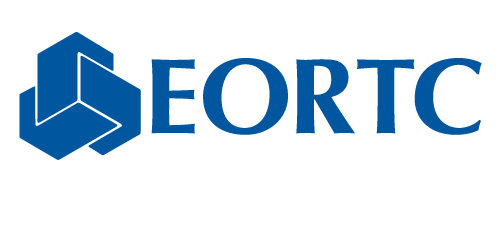Interim Results of the CATNON Study – the Effects of Temozolomide
31 Aug 2017
The results of the interim analysis of the CATNON study (EORTC 26053-22054), recently published in the Lancet demonstrated that adjuvant temozolomide chemotherapy was associated with a significant survival benefit in patients with newly diagnosed non-co-deleted anaplastic glioma.
In this Phase III randomized, open-label study with a 2 x 2 factorial design, 1407 patients were screened and 748 patients from 137 institutions in 12 European, Australian and North American countries were assigned equally (1:1:1:1) to receive radiotherapy alone, radiotherapy and concurrent temozolomide, radiotherapy with adjuvant temozolomide, or radiotherapy and concurrent temozolomide plus adjuvant temozolomide. Eligible patients were at least 18 years old and had newly diagnosed non-co-deleted anaplastic glioma with WHO performance status scores of 0-2. The primary endpoint was overall survival. At the time of the interim analysis 1400 (99%) patients had been screened and 745 were assigned to treatment.
Overall, treatment was well tolerated. Grade 3-4 toxicity occurred in 8-12% of patients allocated to temozolomide, with the most frequently occurring adverse event being thrombocytopenia (7-9%). Besides constitutional and gastrointestinal adverse events, most other non-haematological events were considered to be unrelated to treatment. Grade 3-4 increases in aminotransferase concentrations were observed in five patients (1%) who received temozolomide.
Median follow-up time was 27 months (95% CI 25-30). By the time of the interim analysis, 344 (46%) patients had disease progression and 221 (30%) died (of which 129 (35%) patients in the groups that did not receive adjuvant temozolomide and 92 (25%) in the groups that did receive temozolomide). In the groups not given adjuvant temozolomide chemotherapy, 200 (54%) patients had disease progression, compared to 144 (39%) who did receive adjuvant chemotherapy.
The results of this interim analysis showed significant and clinically meaningful benefit for overall and progression-free survival with adjuvant temozolomide in patients with non-co-deleted anaplastic glioma. In this group, median progression-free survival increased from 19.0 to 42.8 months and 5‑year overall survival increased from 44 to 56%.
Although the survival rates did not cross the predefined boundaries at the time of interim analysis, the survival curves for adjuvant versus no adjuvant temozolomide diverged within 1 year of treatment, suggesting that overall survival could still improve in time. Of course, further analysis of the role of concurrent temozolomide and the effects of molecular signatures is still needed.
Related News
EORTC: Advancing research and treatment for rare cancers
29 Feb 2024
EORTC Fellowship Programme: celebrating more than 20 years of impactful collaboration
22 Feb 2024
Appointment of Malte Peters as EORTC Strategic Alliance Officer
9 Feb 2024
Unique series of workshops in partnership with the European Medicines Agency (EMA)
7 Feb 2024
EORTC launches a prominent clinical trial in older patients with locally advanced (LA) HNSCC (Head and Neck Squamous Cell Carcinoma)
14 Dec 2023
Seven IMMUcan abstracts selected for ESMO Immuno-Oncology Congress 2023
6 Dec 2023
EORTC Quality of Life measures integrated in CDISC
20 Nov 2023
EORTC and Immunocore are collaborating to launch the ATOM clinical trial of tebentafusp in Adjuvant Uveal Melanoma
7 Nov 2023
Treatment with decitabine resulted in a similar survival and fewer adverse events compared with conventional chemotherapy in older fit patients with acute myeloid leukaemia
31 Oct 2023
New results and forthcoming EORTC trials in rare cancers, lung, head and neck, and breast carcinomas presented at ESMO 2023
20 Oct 2023


